
Everydaylife and amazing adventures in our wonderful Homeschool Life.
Mason believed that children are born as whole persons, capable of forming their own connections with knowledge. Her philosophy rejects rote memorization and dry textbooks, instead fostering a love for learning through engaging, meaningful material.
Homeschooling has been one of the most joyful parts of our family life, and I love sharing bits of what’s worked for us. If you’re new to homeschooling, this guide offers simple, encouraging steps to help you find your own rhythm—from choosing an approach to creating a day that feels good for your family.
There’s something magical about playdough—soft, squishy, and full of endless possibilities. This no-cook, all-natural playdough recipe is simple, safe, and perfect for little hands to explore. Plus, you can infuse it with nature’s beauty by adding herbs, flowers, or natural colors!
There’s something truly special about working with clay, a medium that connects us to the earth and invites both creativity and deep sensory engagement. In our home, sculpting isn’t just about making shapes—it’s about feeling, exploring, and embracing the process.
In my homeschool I blend many philosophies and ideas— but, Waldorf has a special place in my heart and today I want to share a little more about my way into Waldorf.
My journey into Waldorf education and philosophy truly began when my oldest daughter was a baby, though, in many ways, it had already been a part of me long before.
May is an invitation to slow down on nature walks, connect with nature, and rediscover the joy of learning through experience. Whether through gardening, storytelling, or simple seasonal rhythms, spring homeschooling can be a magical, nourishing time for both children and parents. By embracing a gentle approach, you create a learning environment that feels natural, joyful, and deeply enriching.
I’ve never followed just one homeschooling philosophy. Instead, I pull inspiration from many—Waldorf, Charlotte Mason, Montessori—and blend them into something that feels right for us. In this post, I’m sharing how Montessori’s focus on independence and real-life learning has quietly but powerfully shaped our days, even though we don’t follow it by the book.
A Slow and Muddy March: Forests, Books, and New Beginnings
This month, we wandered through tree studies, messy experiments, and the joy of switching up our homeschool rhythm. With stories like Big Tree and The Hidden Life of Trees guiding the way, March turned into a season of growth — for all of us. Come read our gentle recap and a little life update too.
There’s something magical about baking with children. The scent of fresh dough rising in the oven, the feel of flour-dusted fingers, and the giggles that erupt as tiny hands squish and knead—it’s a sensory experience like no other. But beyond the joy and mess, baking is also a wonderful way to teach children math, patience, and creativity. I love baking with my two girls.
Discover the magic of hygge—a Danish way of living that embraces coziness, togetherness, and simple joys. Learn how to create a warm, inviting space and slow down to savor life’s little moments. ✨
Spring has a way of calling us to create. The colors, the fresh air, the tiny bursts of green peeking through after winter—it all feels like an invitation to make something beautiful. My daughter loves yellow and daffodils, so when she sketched out a little design for a felted flower, I knew we had to bring it to life.

Unit Studies
I pour a lot of love and time into creating our unit studies — choosing books, art, and projects that connect beautifully and make a topic come alive. Each study becomes its own little world we step into together, filled with stories, creativity, and discovery.
Here, I share the themes we’ve explored, the resources that inspired us, and the projects that turned learning into something we could see, touch, and remember.
This unit study combined hands-on science, nature discovery, and beautiful children’s literature to explore everything from photosynthesis and fungi to forest ecosystems and seed dispersal. Designed for elementary learners (with toddler-friendly adaptations), our approach balanced meaningful learning with playful exploration—and sparked curiosity in both of my daughters
Join us as we step back in time to ancient Sumer—the world’s first known civilization! Through rich books, hands-on learning, and meaningful discussions, we explored how the Sumerians lived, farmed, and shaped early history. See what we discovered, plus download helpful visuals to enrich your own homeschool journey.
We began with a simple idea: creating a tiny Stone Age home where our Maileg mice would take on the roles of gatherers and hunters. Mathilde carefully constructed a miniature dwelling using sticks and clay, just as people once did thousands of years ago. For the roof, we used a piece of leftover leather from Soft Star Shoes (I knew I’d find a use for it one day—ha!).

Art
Art is at the heart of our homeschool.
As a writer and artist, I weave creativity through every subject, sharing my love for the arts with my two girls. Our days are filled with storytelling, painting, and hands-on projects that turn learning into something alive and joyful.
We learn through curiosity and color — blending subjects into one creative rhythm. Every brushstroke, every story, every spark of wonder becomes part of how we understand the world. ✨
When we recently explored the Stone Age, art became the bridge that connected us to ancient societies, daily life, and the way early humans lived. Instead of just reading about early humans, we built, sculpted, and illustrated their world—and through that process, the lessons came alive in a way no textbook ever could.
Art fosters creativity and nurtures imaginative thinking and the child can express themselves so fully in those early prewriting years through art projects.
I don’t want our school days to be just textbooks and assignments — I want us to wonder and marble in fun creations and taking in knowledge through art-making — but how?

Books
I’m passionate about reading — both for myself and with my amazing daughters! Stories fill our days with ideas, questions, and inspiration.
In this section, I share the homeschooling resources and beautiful books that have shaped our learning — from read-aloud favorites to art books that spark new projects. Because truly, one can never have too many books. ✨
If you’re doing a forest or nature unit, it’s perfect. But even if you’re not—it’s just a beautiful read. A little haunting, a little hopeful, and full of soft, important truths. We’ll definitely come back to it again.
Payne beautifully explains how fewer toys lead to deeper play. I’ve seen this firsthand with my own children—every time we clean up and the room is fresh and free of clutter it invites them to hours of play. This book was a great reminder to keep curating our space, making sure it fosters play and connection rather than distraction and overwhelm.
When I think about the moments that feel most meaningful, they are never the hurried ones. They are the ones where time felt expansive—where we were present. The unhurried mornings with warm tea and candlelight. The afternoons spent following a thread of curiosity, whether in a book, an art project, or a nature discovery.
Slowness is a gift, not an indulgence. And yet, it takes courage to embrace it in a world that celebrates speed.

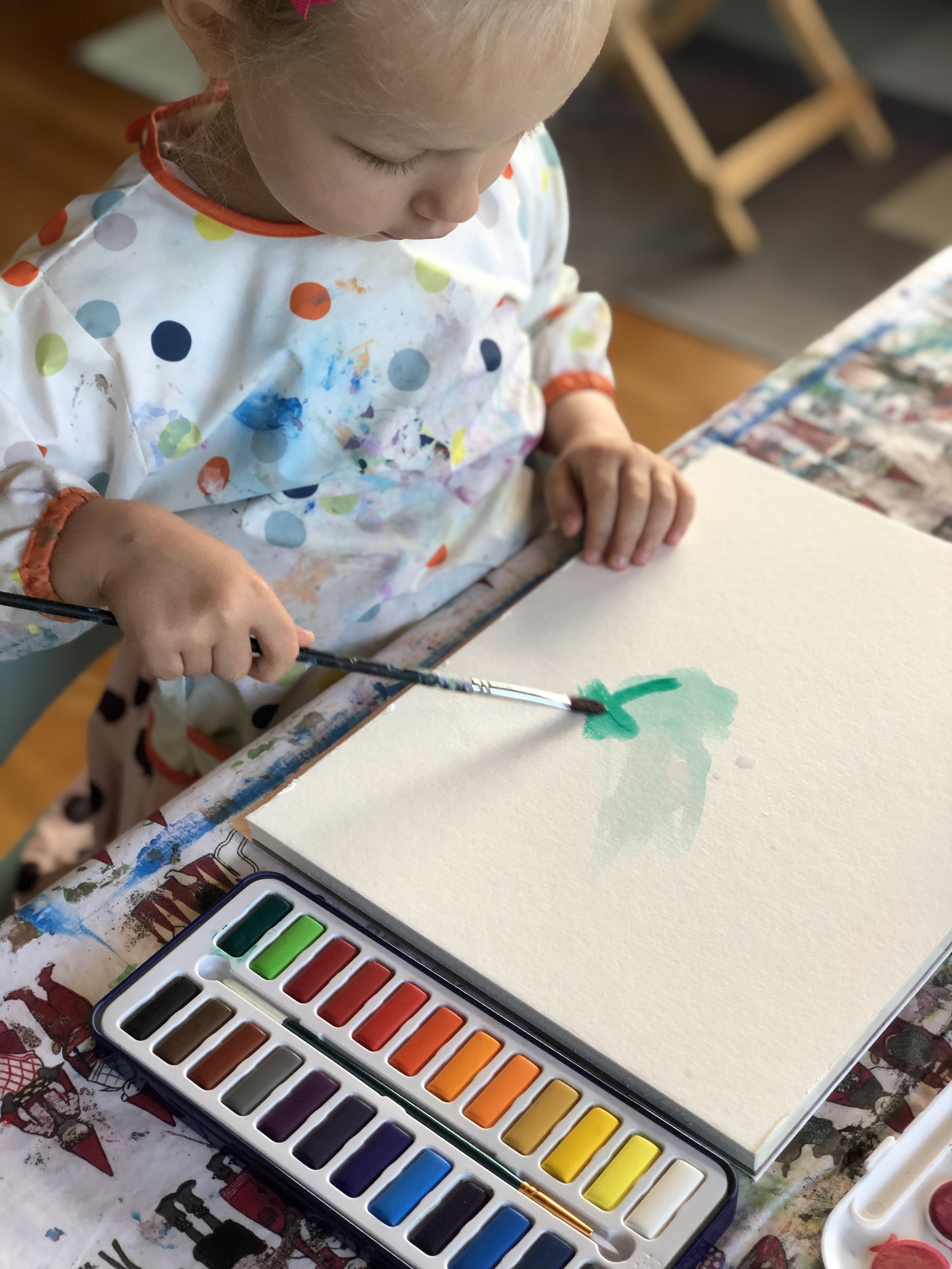

Everything Hygge
Everything Hygge is where I write about hygge as more than an aesthetic — it’s a way of shaping our days with care, rhythm, and quiet intention. It’s about how we create a home atmosphere that supports learning, presence, and belonging — not through perfection, but through small choices that feel good and real.
From the gentle pulse of the seasons to the rituals that anchor our homeschool, this space is a reflection of how hygge lives in the details: the light we choose, the way we gather, the pauses we protect.
If you’re longing for more calm, connection, and meaning in your days — you’re in the right place. Come get inspired.







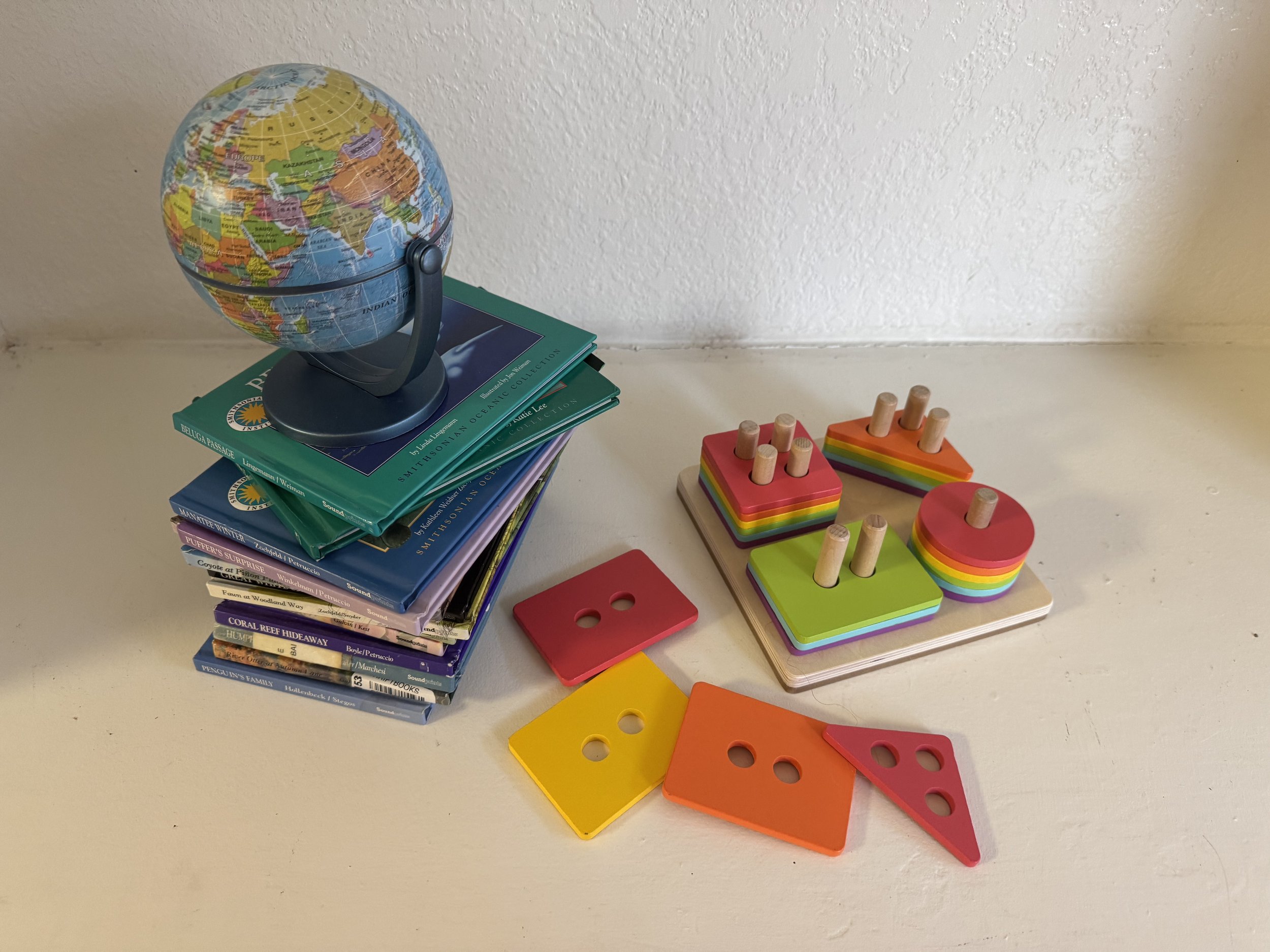

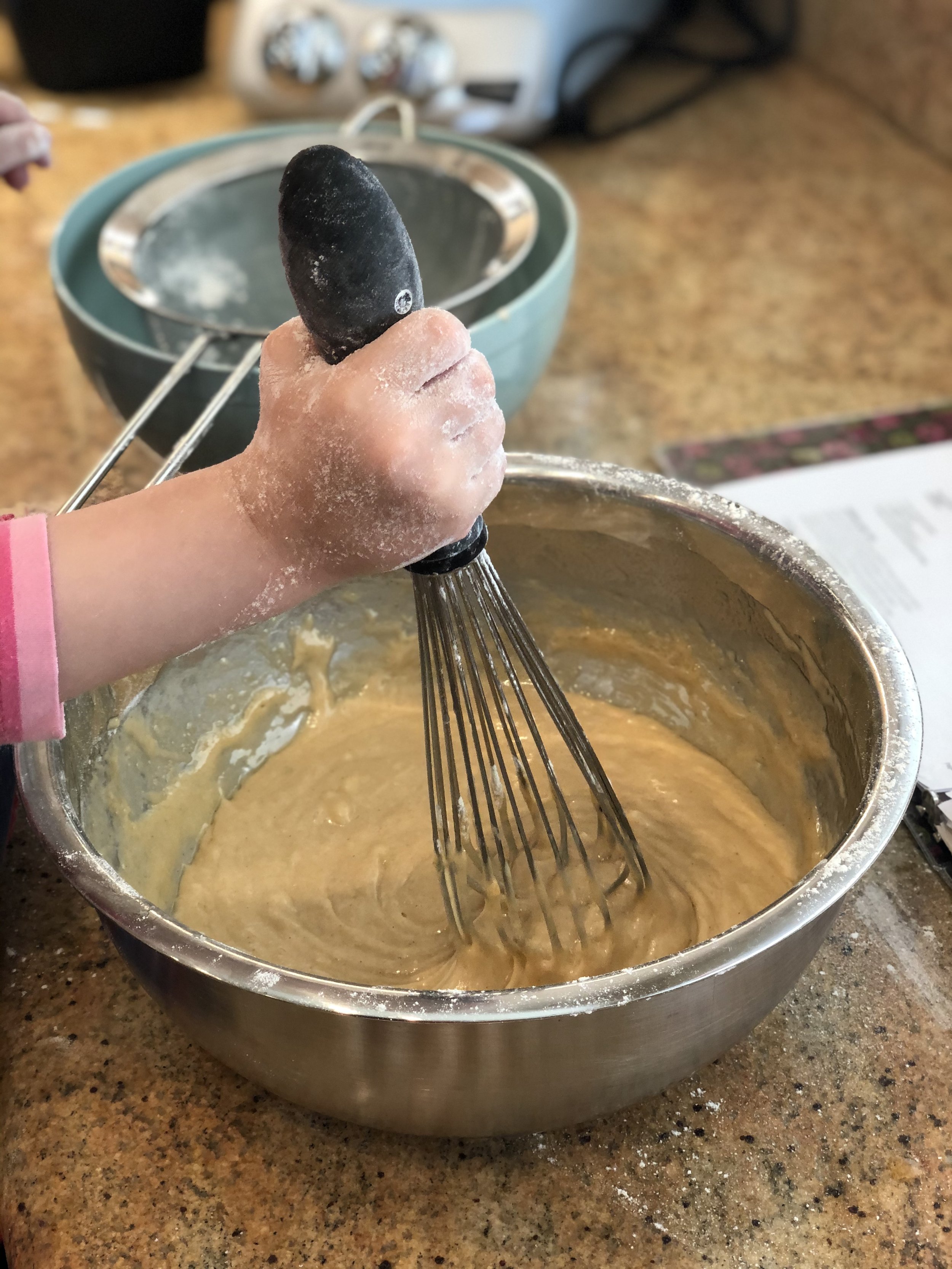

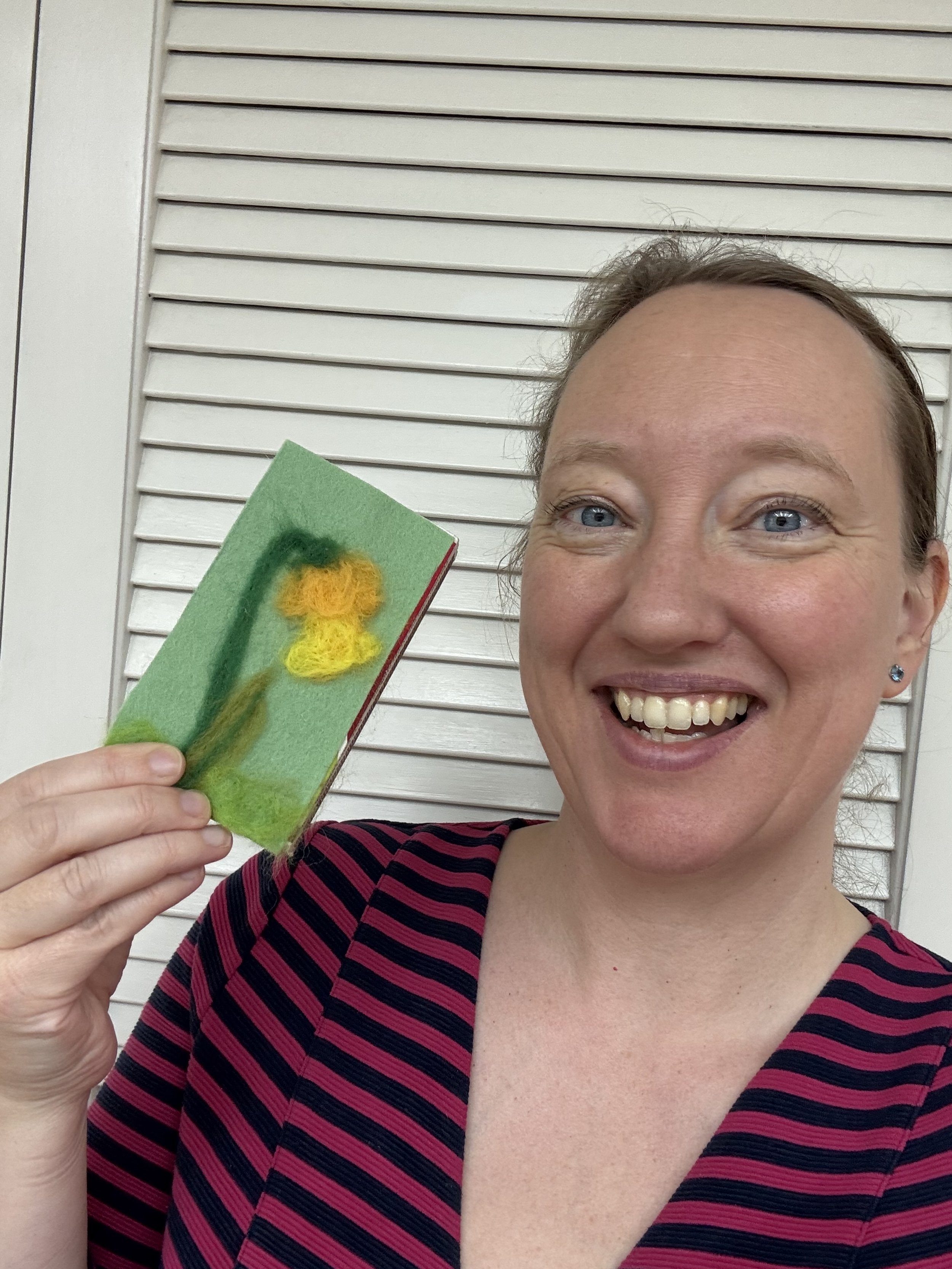
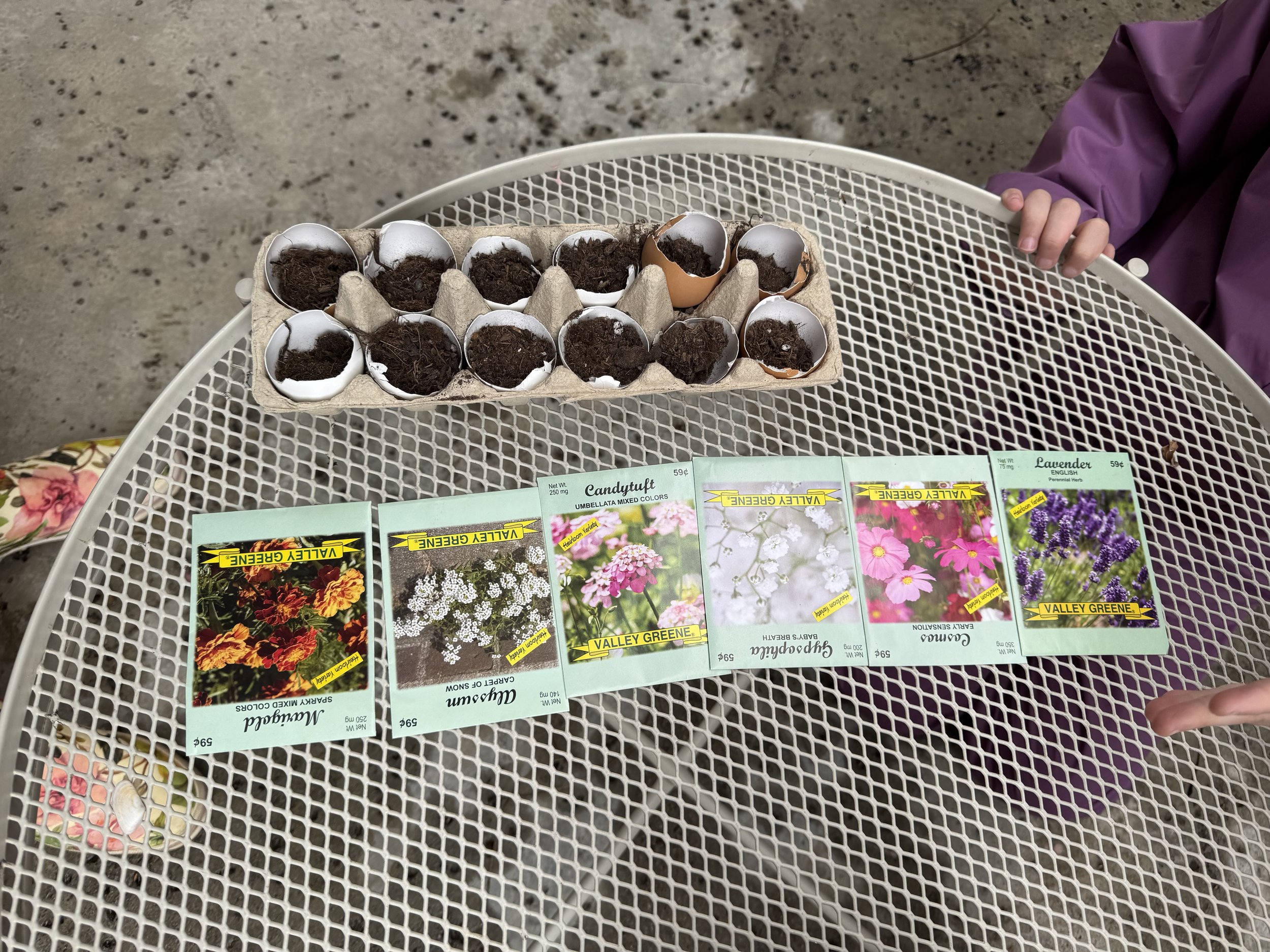
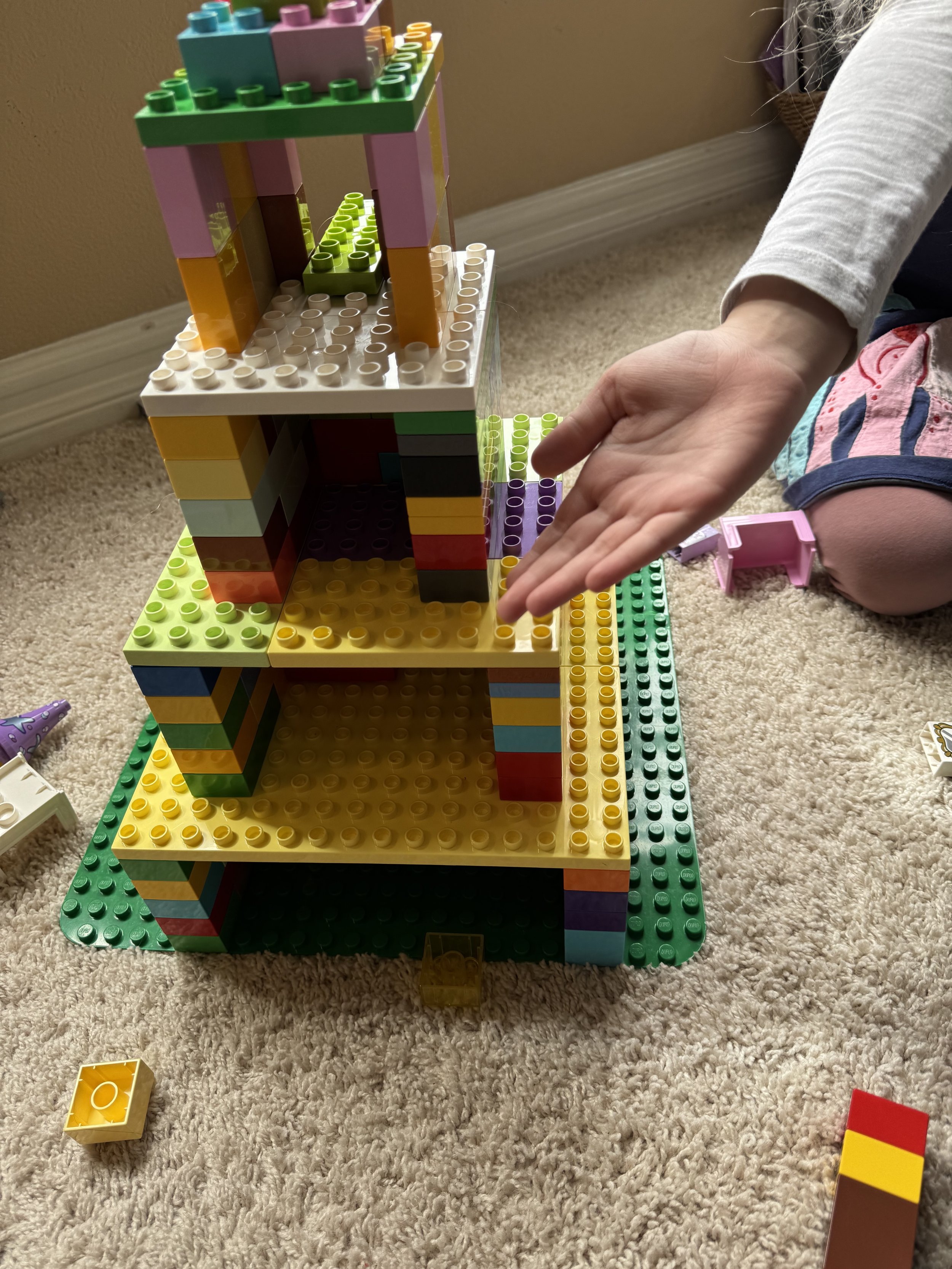
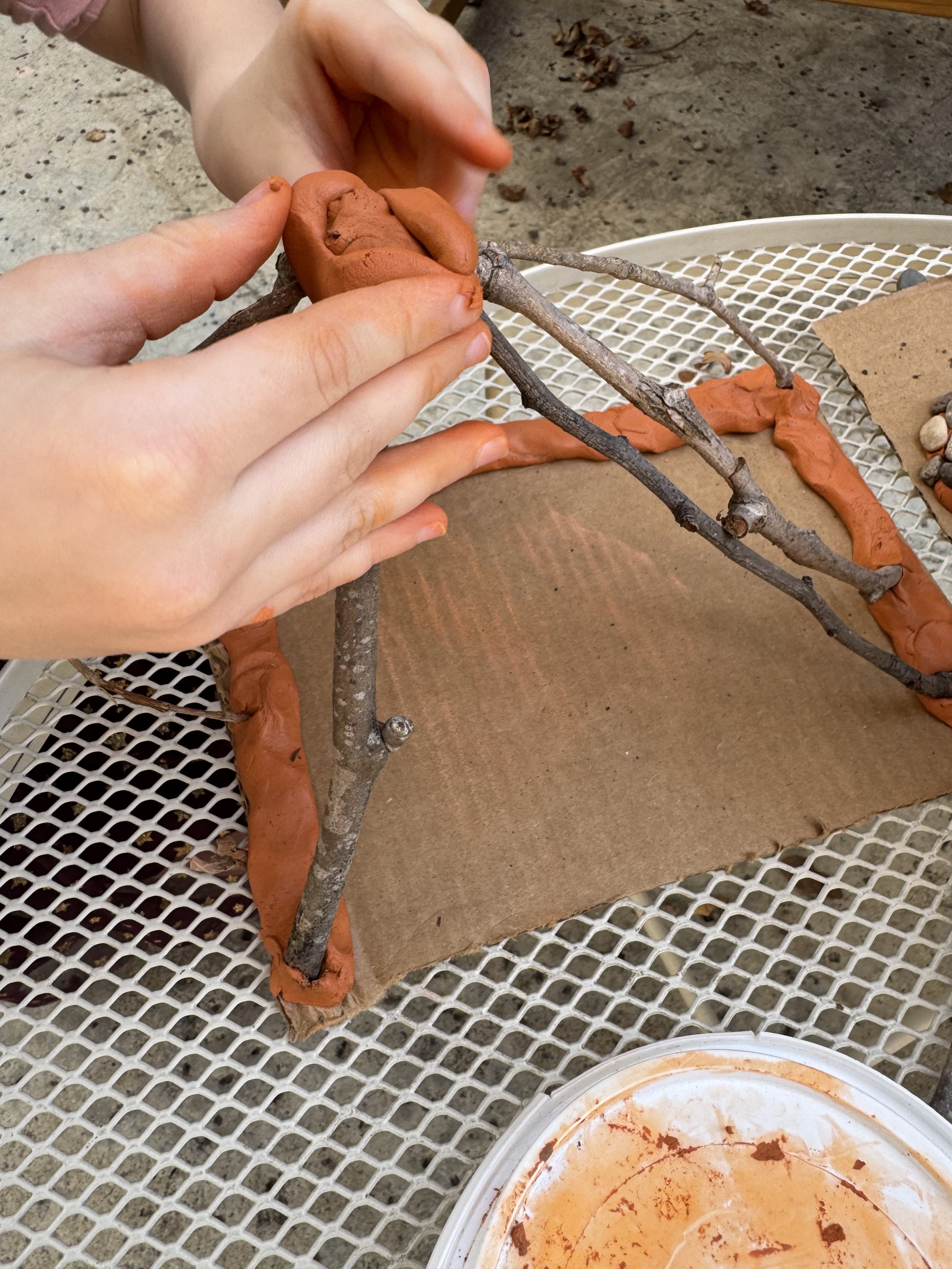
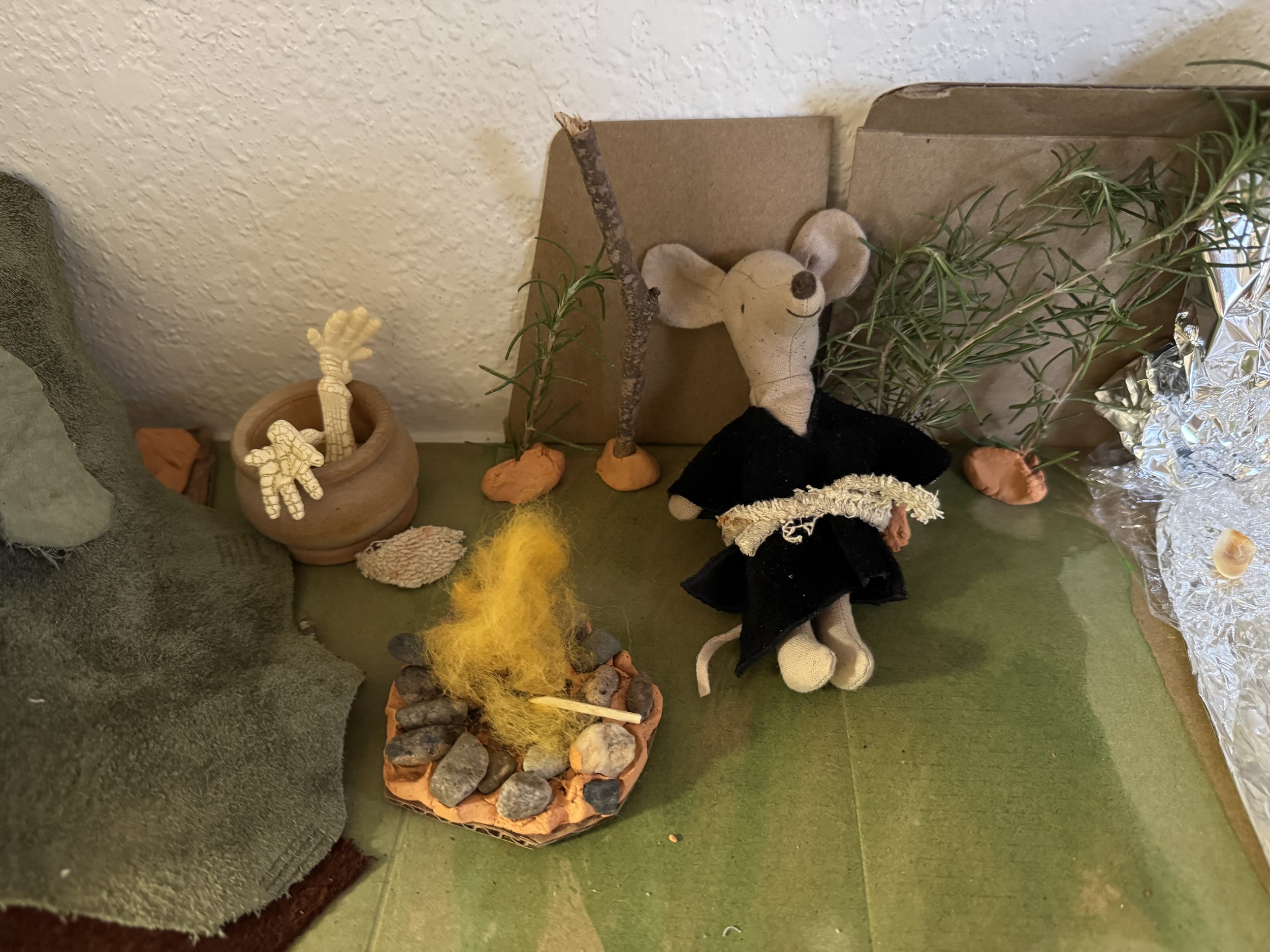
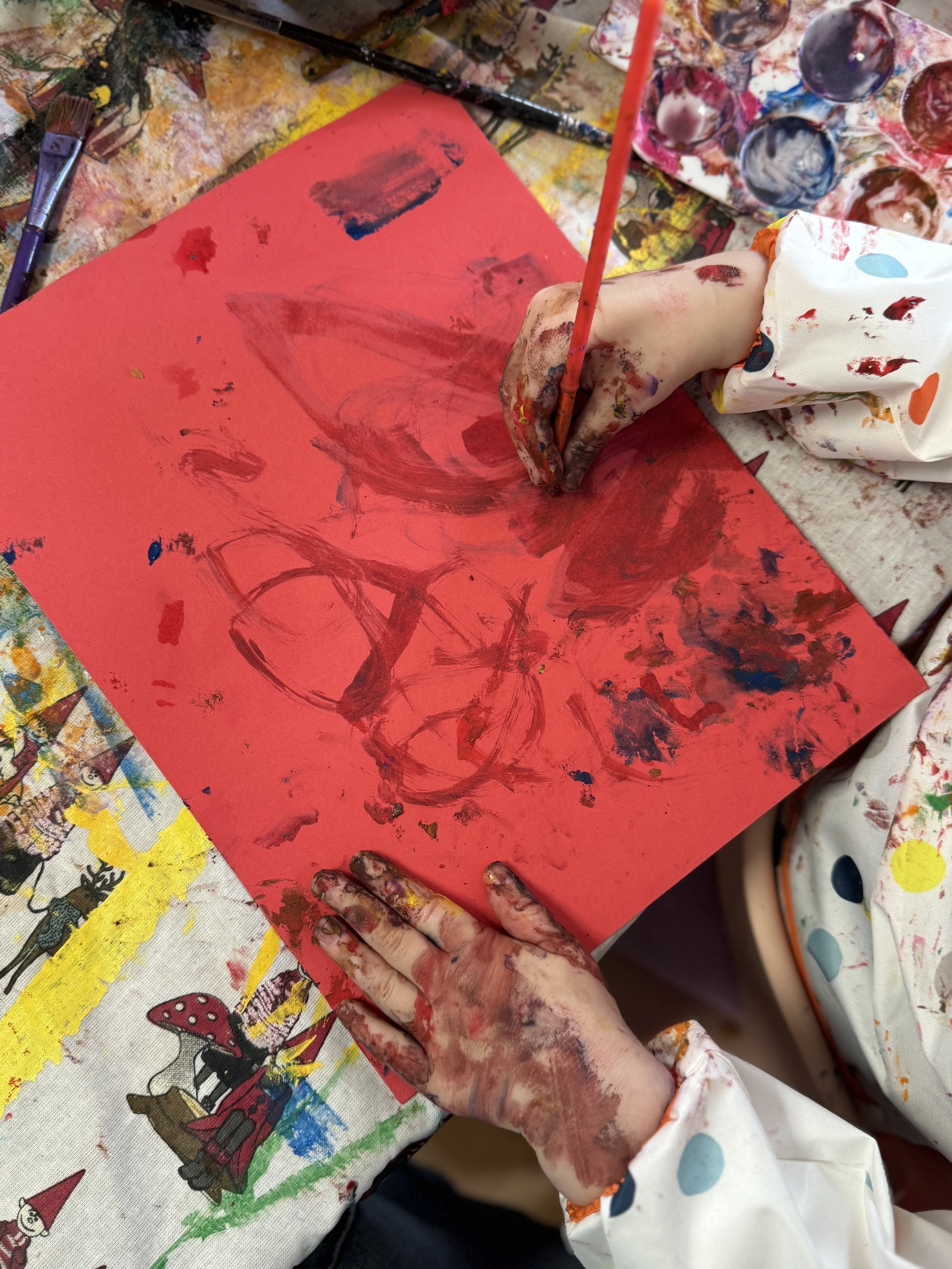

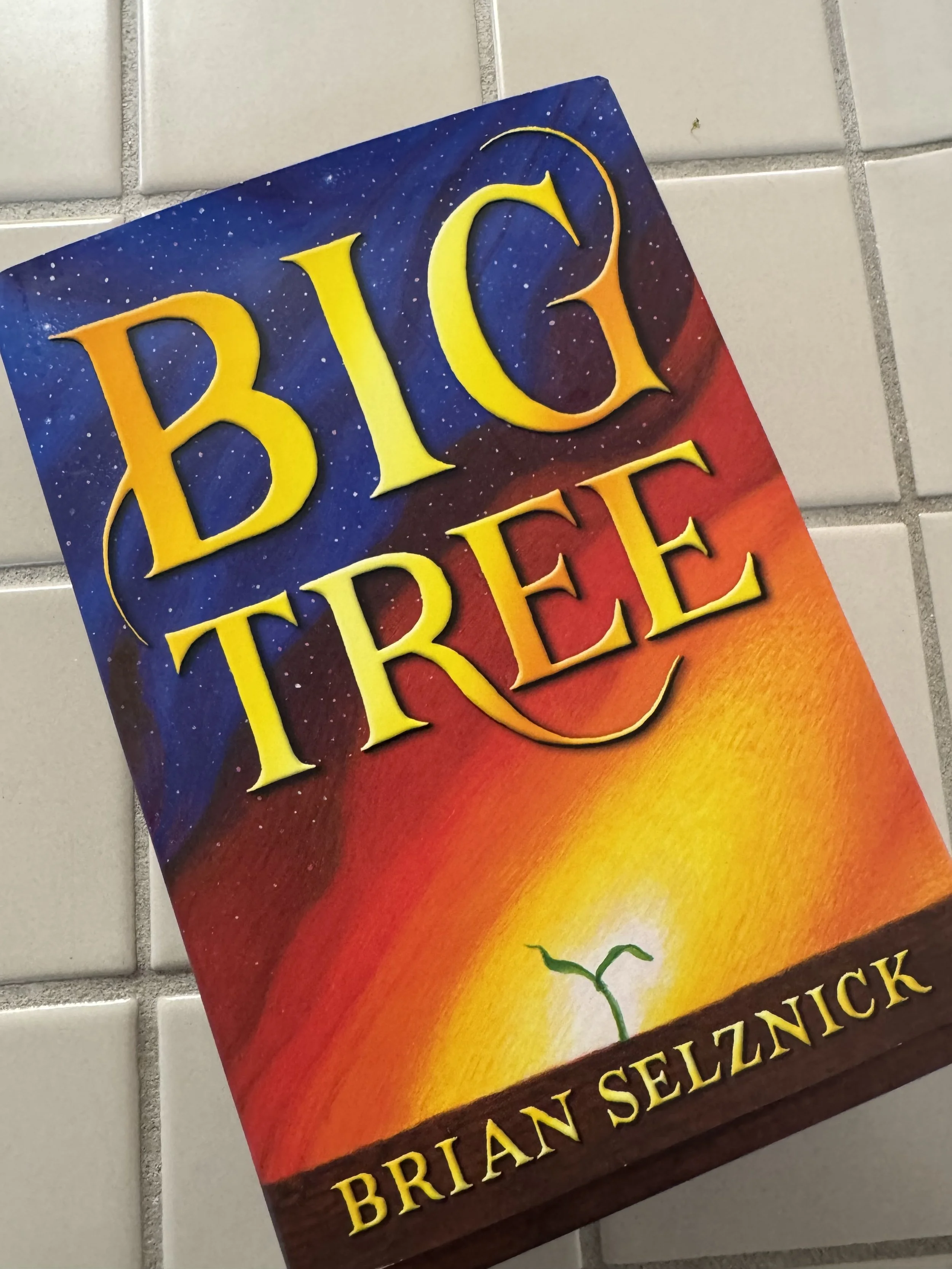














In March we stepped into a world of leaves, roots, and muddy boots. Our homeschool days were full of books, little hands planting seeds, jars on windowsills, and the smell of rain-soaked soil. This was our Tree and Forest Unit Study—and it might just be one of my favorite ones we’ve ever done.